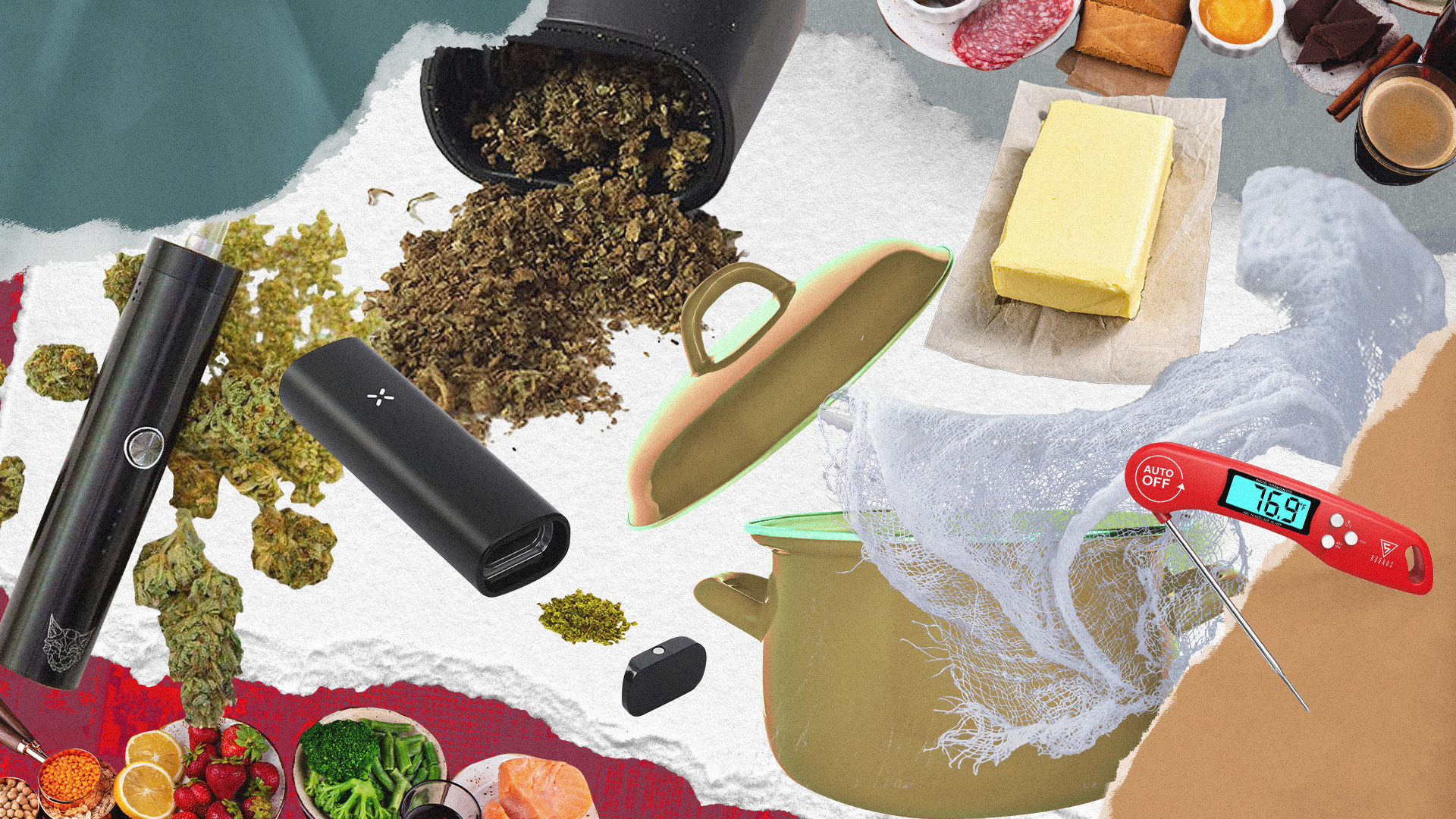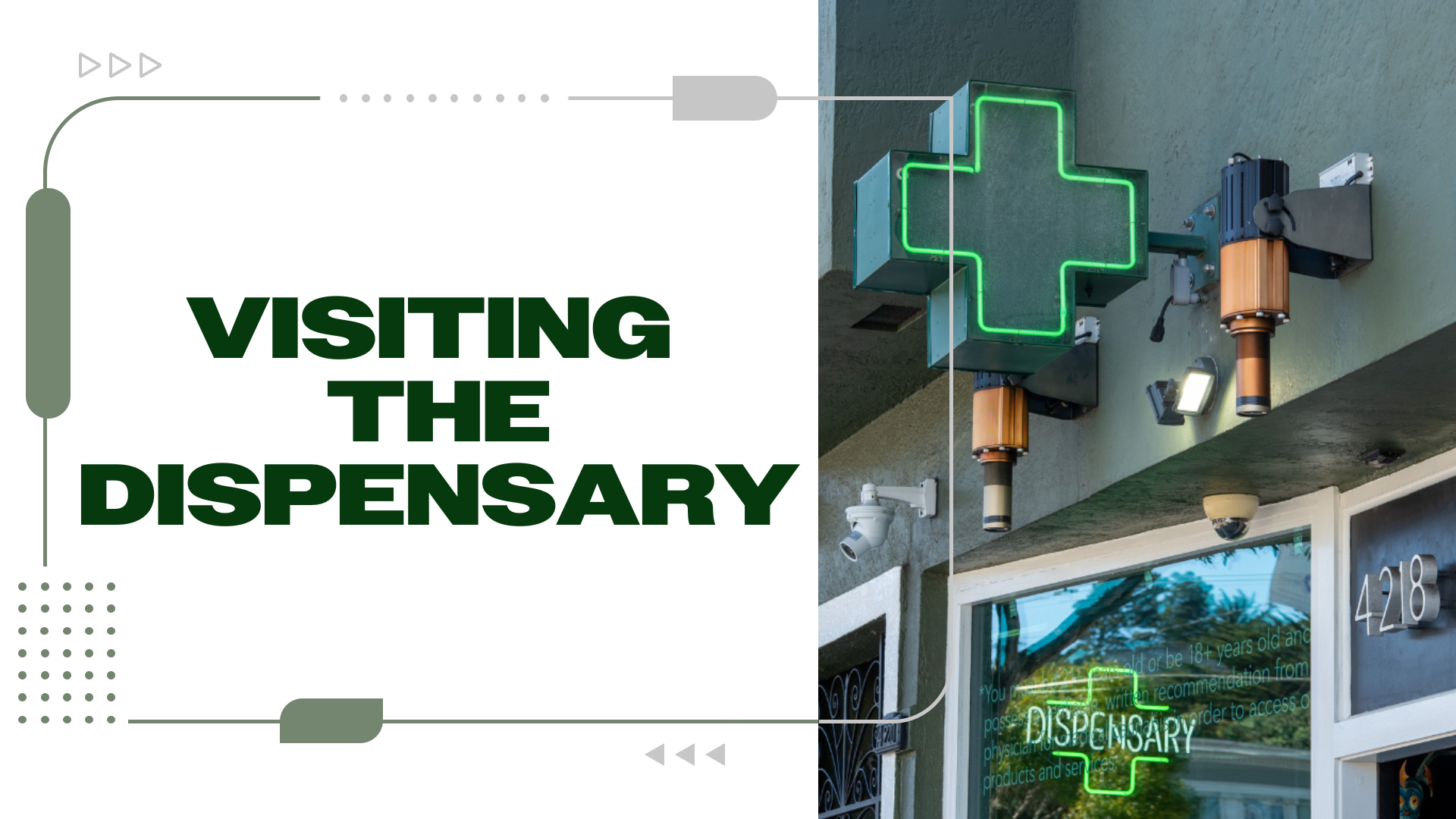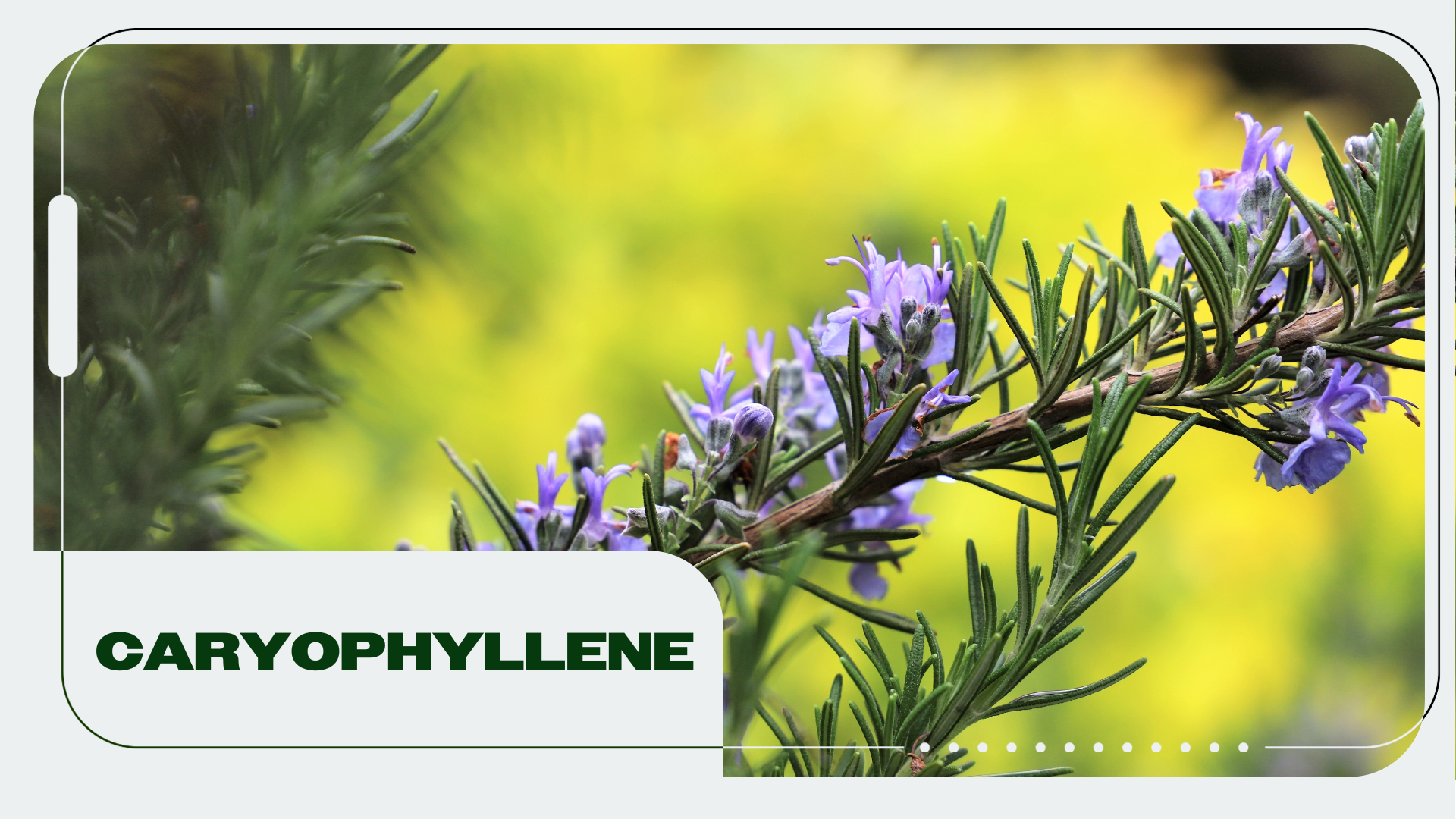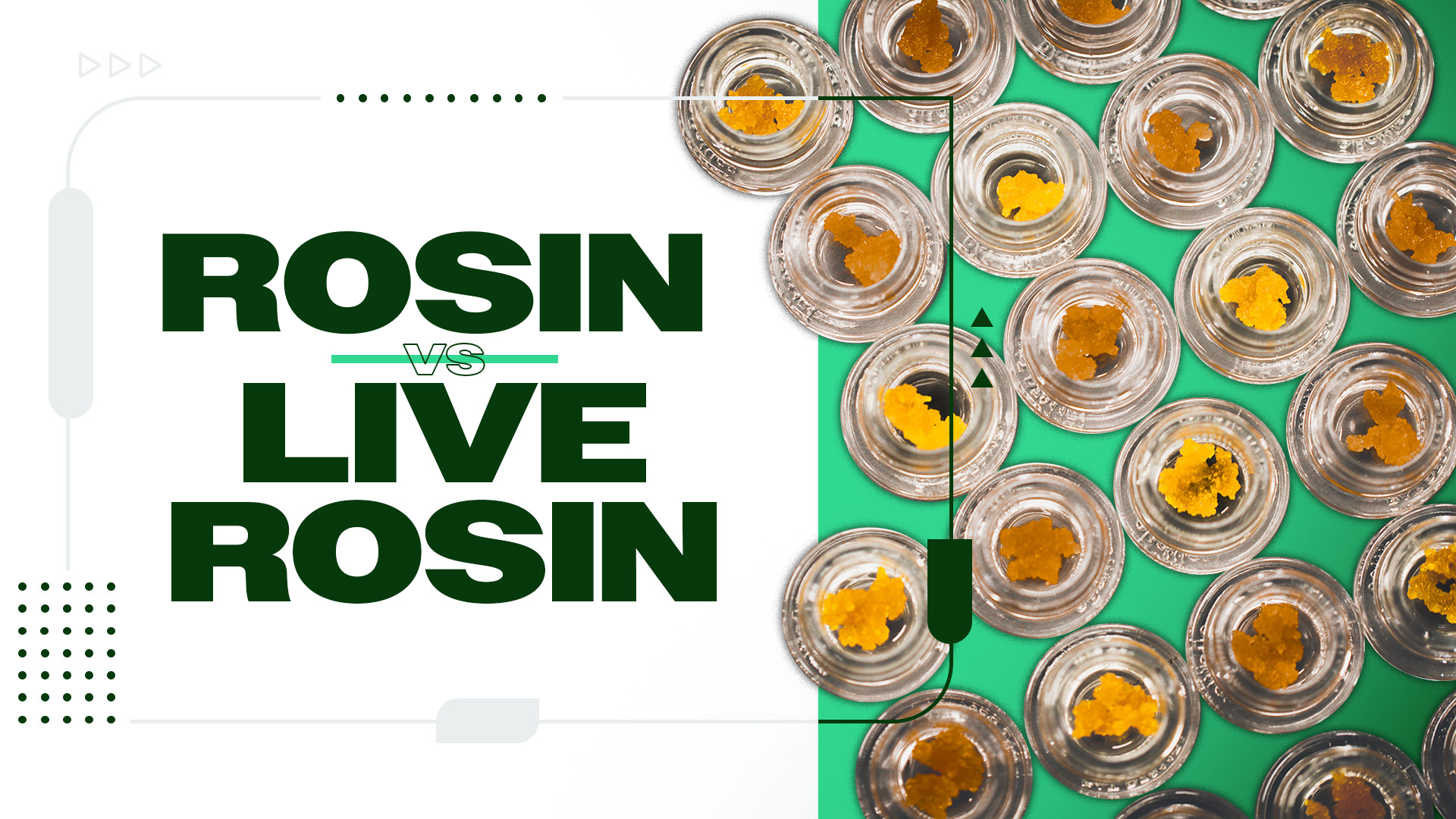Have you been vaping cannabis with a dry herb vaporizer and throwing the residue away? If you have, then you should stop immediately. This residue is called ‘already vaped bud’ and may still contain some cannabinoids that you can utilize for other things.
Read on to find out how you can turn that residue into cannabis edibles like cannabutter, infused oils, baked goods, tinctures, topical products, and more.
What Is AVB?
AVB stands for “Already Vaped Bud.” It refers to the cannabis material that remains after it has been vaporized in a dry vaporizer.
AVB can sometimes still contain trace amounts of cannabinoids—as much as 10-20%. It can also be reused in cooking or other methods of consumption and still offers some benefits, albeit on a reduced level.
Even though the leftover vaped flower might seem dry and crunchy, it’s useful! It has a bigger flavor, so it’s not the best for smoking or your health. But don’t worry, there are better ways to get the most out of it.
How To Make Edibles With AVB
If this is your first time hearing about AVB edibles, you might be wondering what your options are. Fear not, as the world of AVB-infused culinary delights is as wide as your imagination. From classic favorites like brownies and cookies to more adventurous creations such as infused oils and tinctures, there’s something for every taste and preference.
Cannabutter
Infuse butter with AVB to create a versatile ingredient for baking cookies, brownies, or even spreading on toast. Here’s how to make it.
Ingredients:
- 1 cup of unsalted butter
- 1/4 to 1/2 ounce of AVB (adjust based on desired potency)
- Cheesecloth
- Cooking thermometer
- Saucepan
- Bowl
- Airtight container for storage
Steps:
Why You Should Get Your Medical Marijuana Card
Veriheal has satisfied millions of patients nationwide by giving them access to these benefits
- Larger purchase limits
- Peace of mind
- Enhanced legal protection
- Access to higher potency strains
- Save up to 25% on cannabis purchases
- Skip the line at the dispensary
- Grind your AVB: Use a grinder or food processor to grind your AVB to a fine consistency. This will help extract more cannabinoids from it during the infusion process.
- Melt the butter: In a saucepan, melt the unsalted butter over low heat, being careful not to let it turn brown or burn.
- Add the AVB: Once the butter is melted, add the ground AVB to it and stir well to combine.
- Simmer: Allow the mixture to simmer over low heat for 2 to 3 hours. Stir every now and then to prevent sticking and ensure even infusion. Use a cooking thermometer to maintain a temperature of around 160-180°F (71-82°C) so you won’t lose the cannabinoids.
- Strain the mixture: After simmering, remove the saucepan from heat and let it cool. Place a piece of cheesecloth over a bowl, and then carefully pour the butter mixture through it to strain out the AVB particles. Squeeze the cheesecloth to extract as much butter as you can.
- Chill and store: Allow the strained cannabutter to cool to room temperature, then transfer it to an airtight container. Your cannabutter is ready for use. Store the cannabutter in the refrigerator for future use.
Infused Oils/Canna-oils
You can also use AVB to infuse oils such as coconut oil or olive oil, which can be used in cooking savory dishes or making salad dressings.
Ingredients:
- 1 cup of cooking oil (such as coconut oil, olive oil, or vegetable oil)
- 1/4 to 1/2 ounce of AVB (adjust based on desired potency)
- Cheesecloth
- Cooking thermometer
- Saucepan
- Bowl
- Airtight container for storage
Steps:
- Grind your AVB: Just like with cannabutter, start by grinding your AVB into a fine consistency using a grinder or food processor.
- Choose your oil: Choose a cooking oil for infusion. You can use coconut oil, olive oil, or vegetable oil, whatever suits your taste and preference. Coconut oil is especially favored for its high fat content, which can help extract more cannabinoids.
- Combine oil and AVB: In a saucepan, combine the chosen cooking oil with the ground AVB. Stir well to make sure it distributes evenly.
- Simmer: Heat the oil and AVB mixture over low heat, stirring occasionally. Keep the temperature between 160-180°F (71-82°C) using a cooking thermometer. Allow the mixture to simmer for 2 to 3 hours to fully infuse the oil with cannabinoids.
- Strain the mixture: After simmering, remove the saucepan from heat and let it cool slightly. Place a piece of cheesecloth over a bowl and carefully pour the oil mixture through it to strain out the AVB particles. Squeeze the cheesecloth to extract as much oil as possible.
- Chill and store: Let the strained canna oil cool to room temperature, then transfer it to an airtight container. Store the canna oil in the refrigerator for future use. Label the container clearly to avoid confusion with regular cooking oil.
Topical Products
Topical products are applied directly to the skin to allow cannabinoids to absorb without smoking, vaporizing, or ingesting, and AVB is ideal for this sort of concoction.
Ingredients:
- 1 cup of carrier oil (coconut oil, olive oil, almond oil, etc.)
- 1/4 to 1/2 ounce of AVB (Already Vaped Bud)
- Beeswax (optional, for solidifying the product)
- Essential oils (optional, for fragrance or additional benefits.
Steps:
- Grind AVB (Optional): If desired, grind the AVB into a fine consistency using a grinder.
- Infusion: Combine the carrier oil and AVB in a double boiler or slow cooker. Heat the mixture on low heat for 4-6 hours, stirring occasionally to ensure even distribution of cannabinoids into the oil.
- Strain: After infusion, strain the mixture using cheesecloth or a fine mesh strainer to remove plant material. Squeeze out as much oil as possible.
- Optional (Add Beeswax): Return the infused oil to low heat then add beeswax to the mixture to thicken and solidify the final product. Use a 1:1 ratio of oil to beeswax for a firm balm. You can change the ratio if you want a thicker or more fluid balm.
- Optional (Add Essential Oils): You can choose to add a few drops of essential oils to give it a nice smell or additional benefits as desired,
- Cool and Store: Allow it to cool a little before pouring it into clean, airtight containers.
- Testing: Run a patch test on a small area of your skin before regular use to ensure there are no adverse reactions.
- Usage Instructions: Apply a small amount of the topical product to the affected area and massage it in thoroughly. Reapply as needed.
There’s a lot more you can do with your AVBs. For a sweet twist, try infusing them into chocolate, tea, or honey. Get creative with it!
Consume your edibles responsibly. While whatever you make will taste absolutely delicious and the cannabinoid content in these edibles might be lower, they’re still potent nonetheless. Start slow and work your way up to avoid “greening out” or eating yourself into a coma.
For help with dosing, check out our handy edibles calculator.
Author, Share & Comments
















